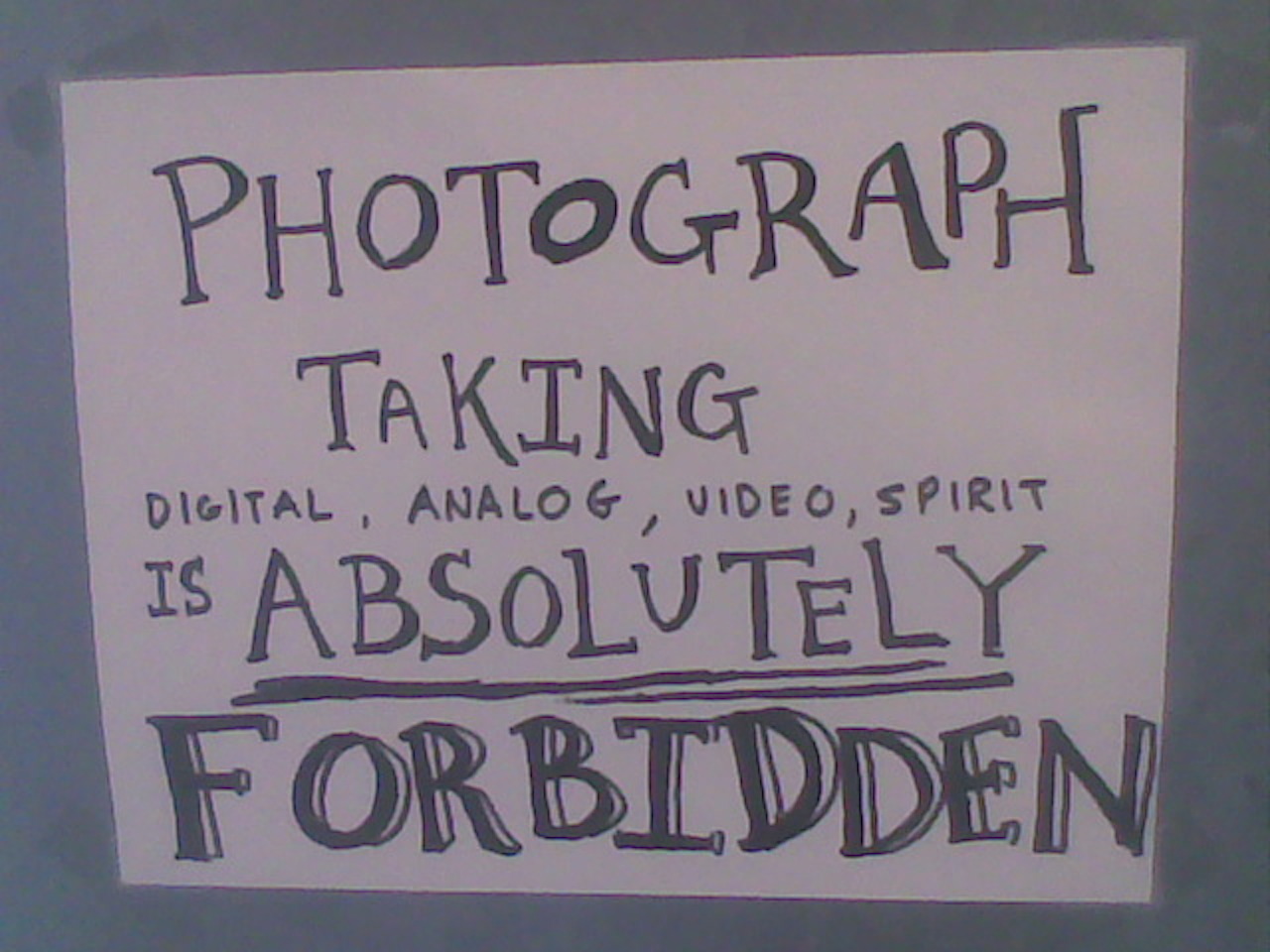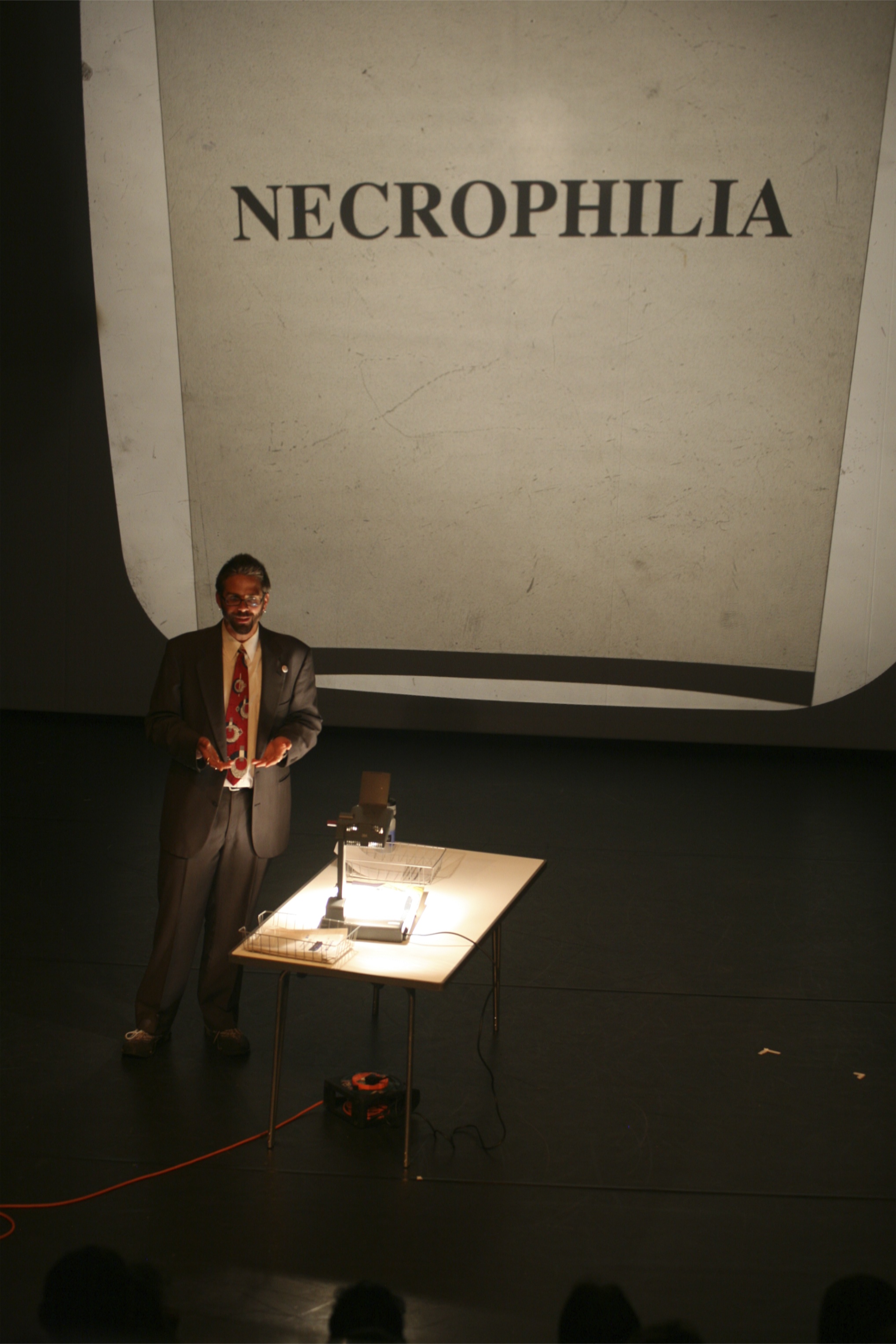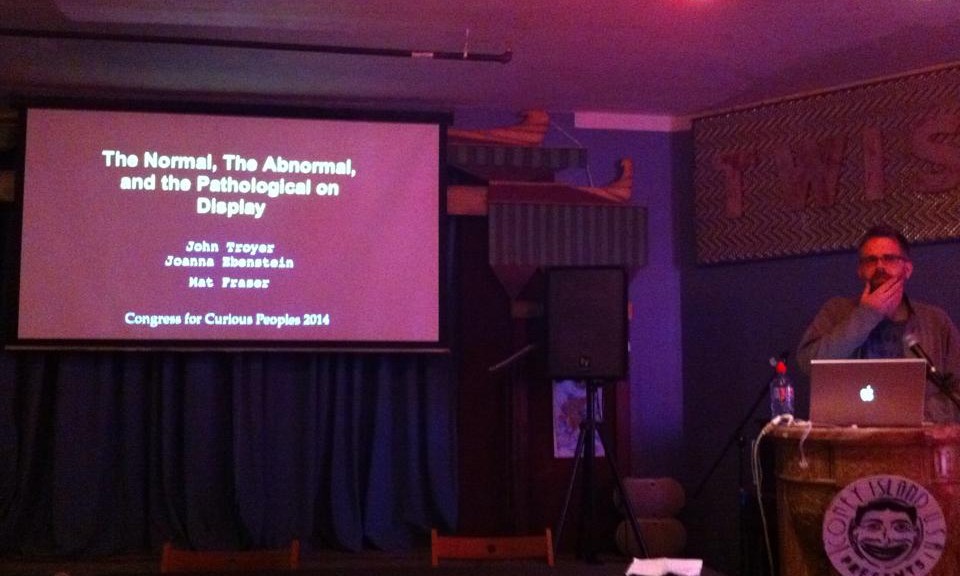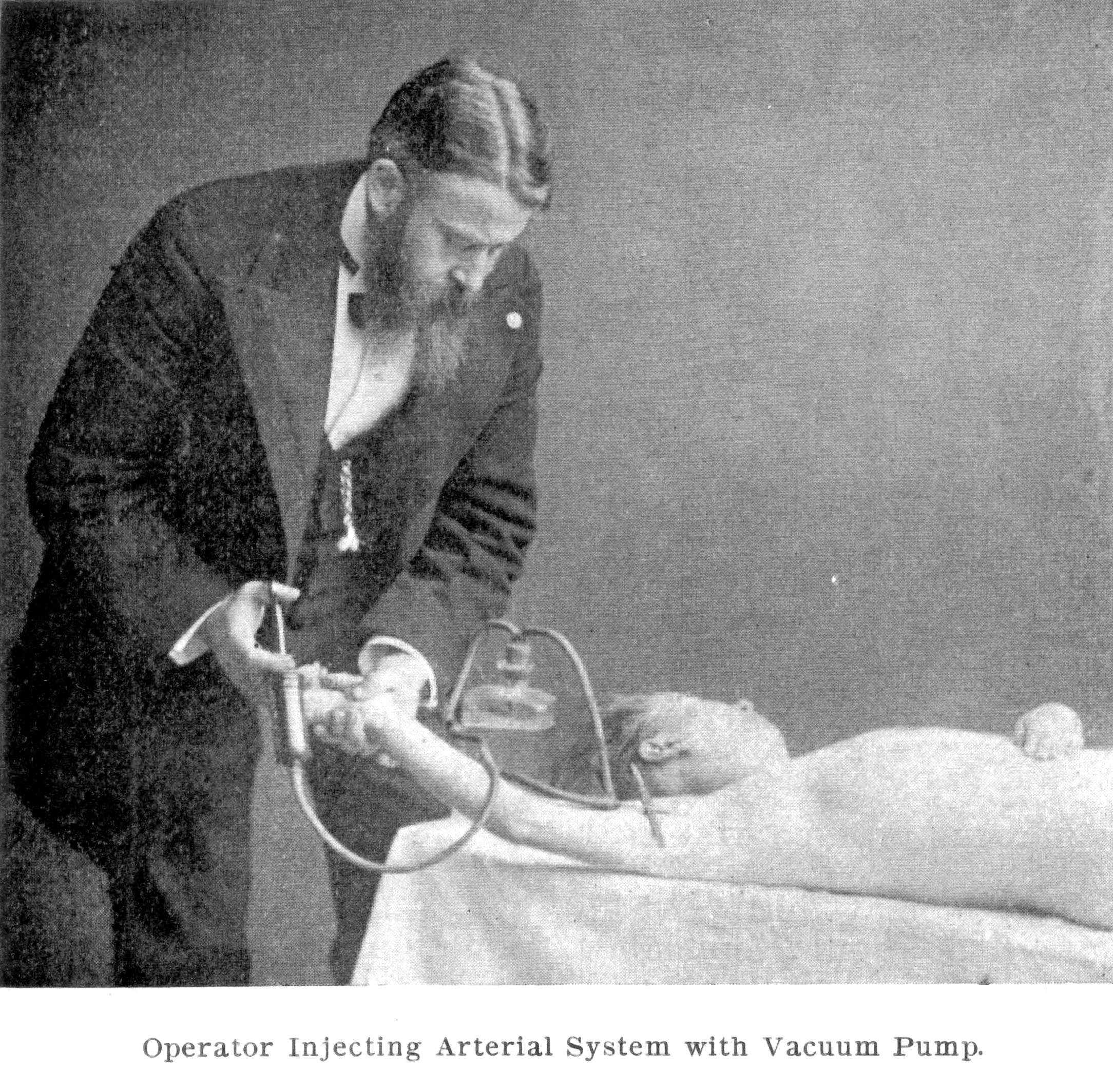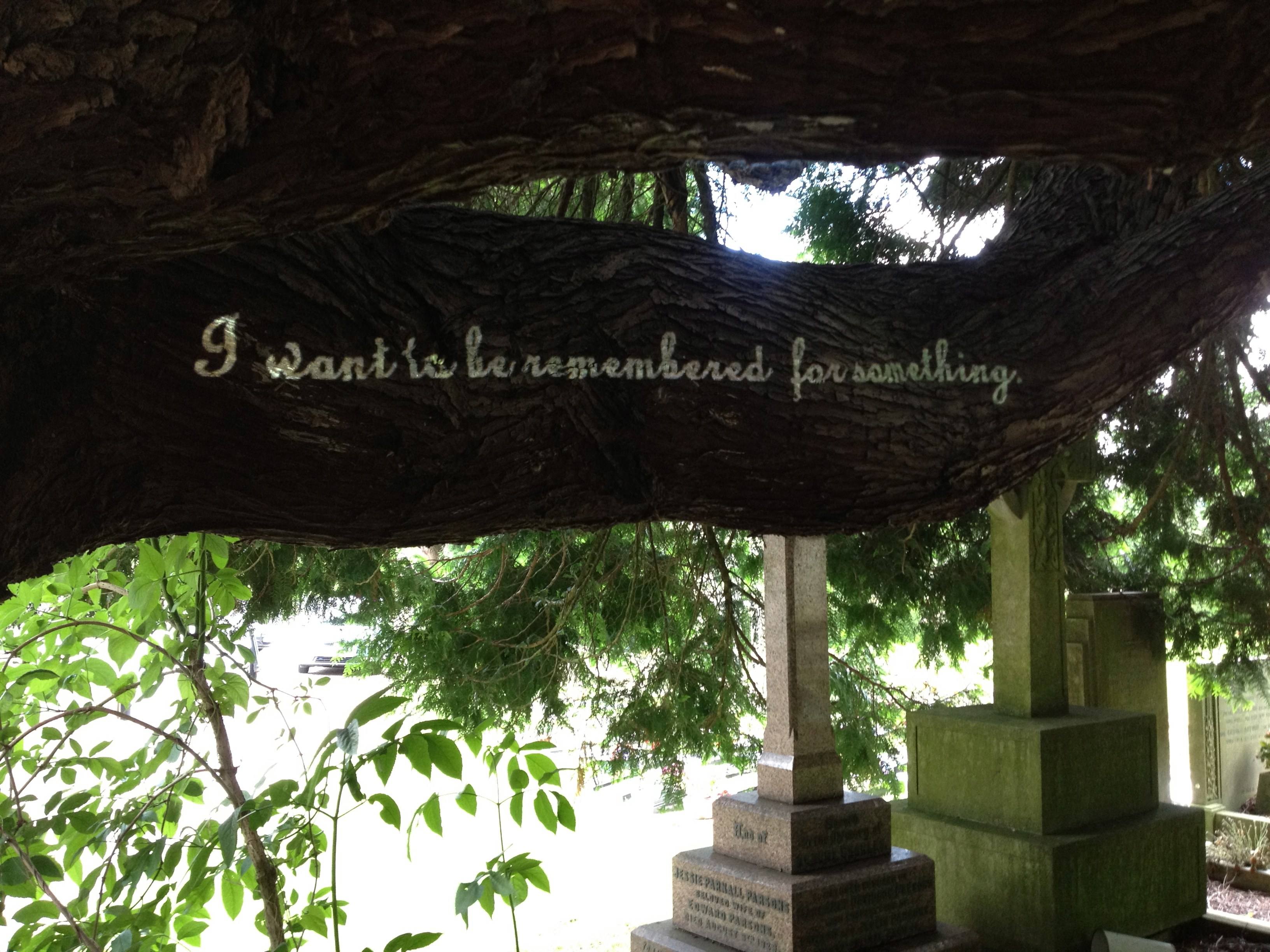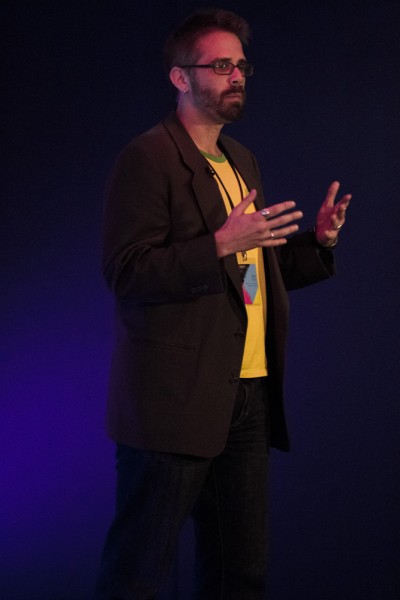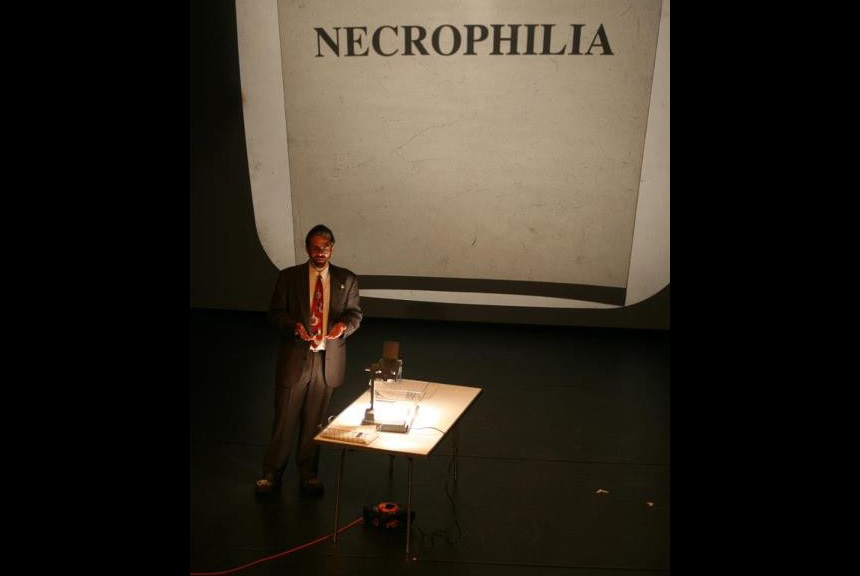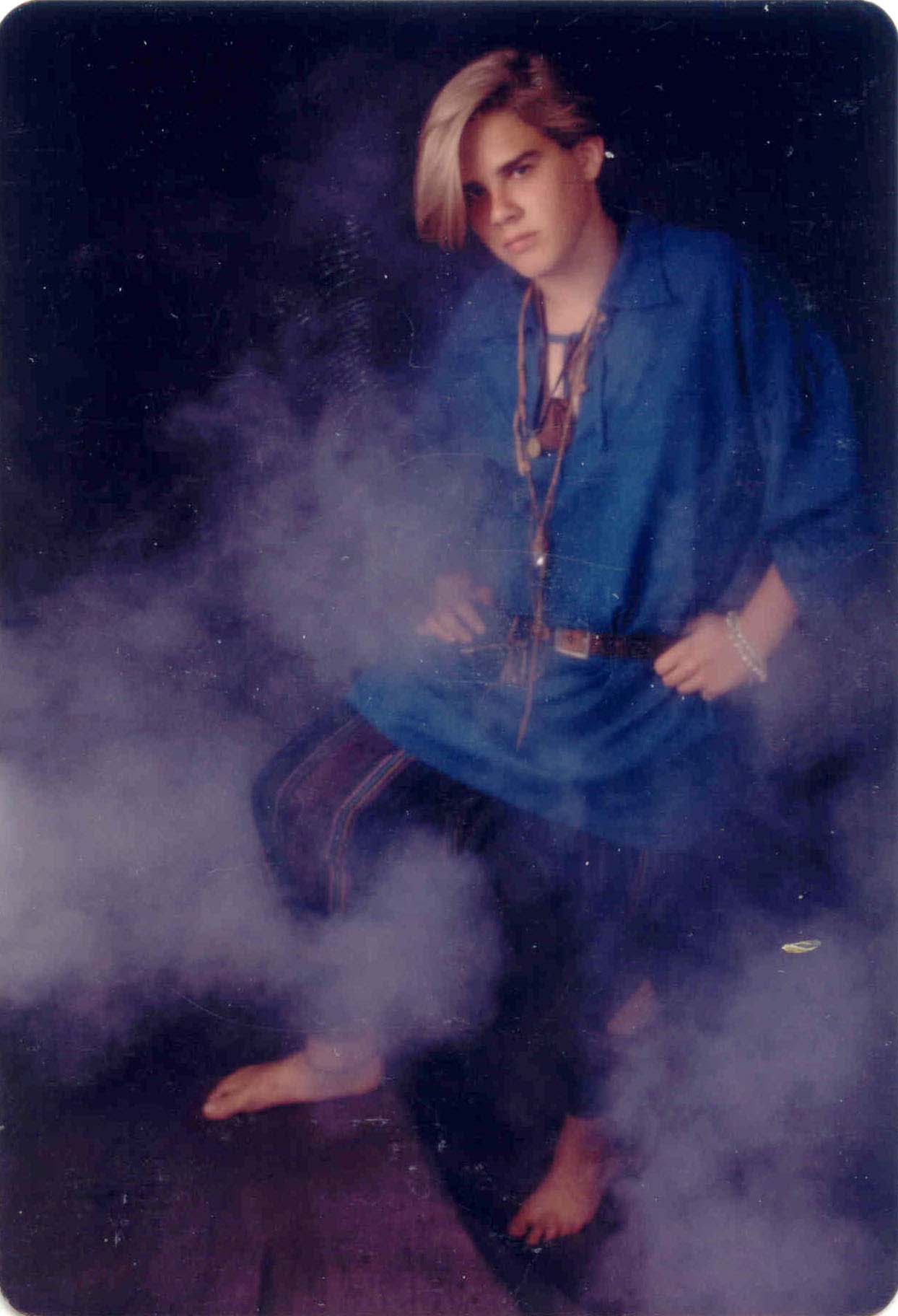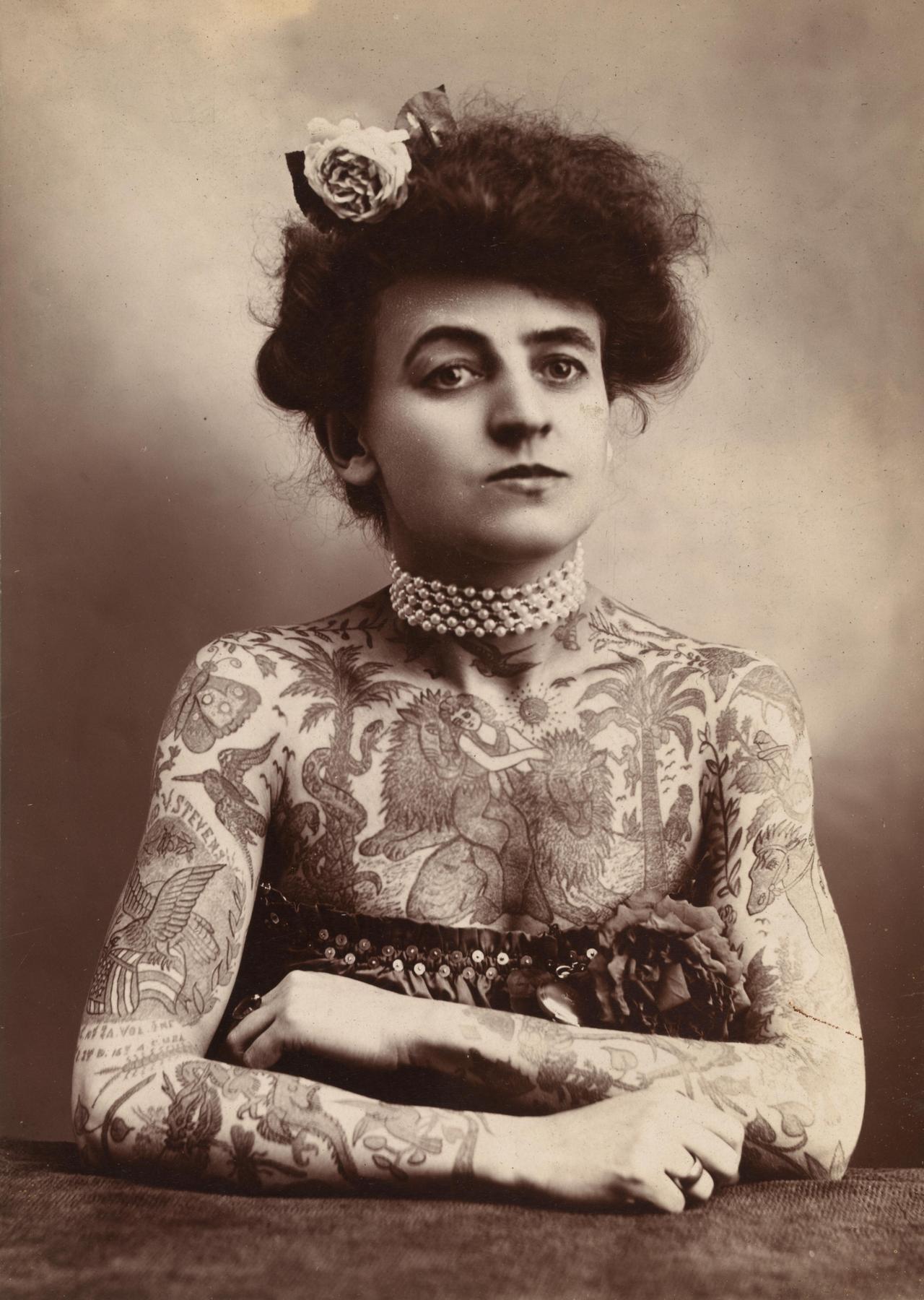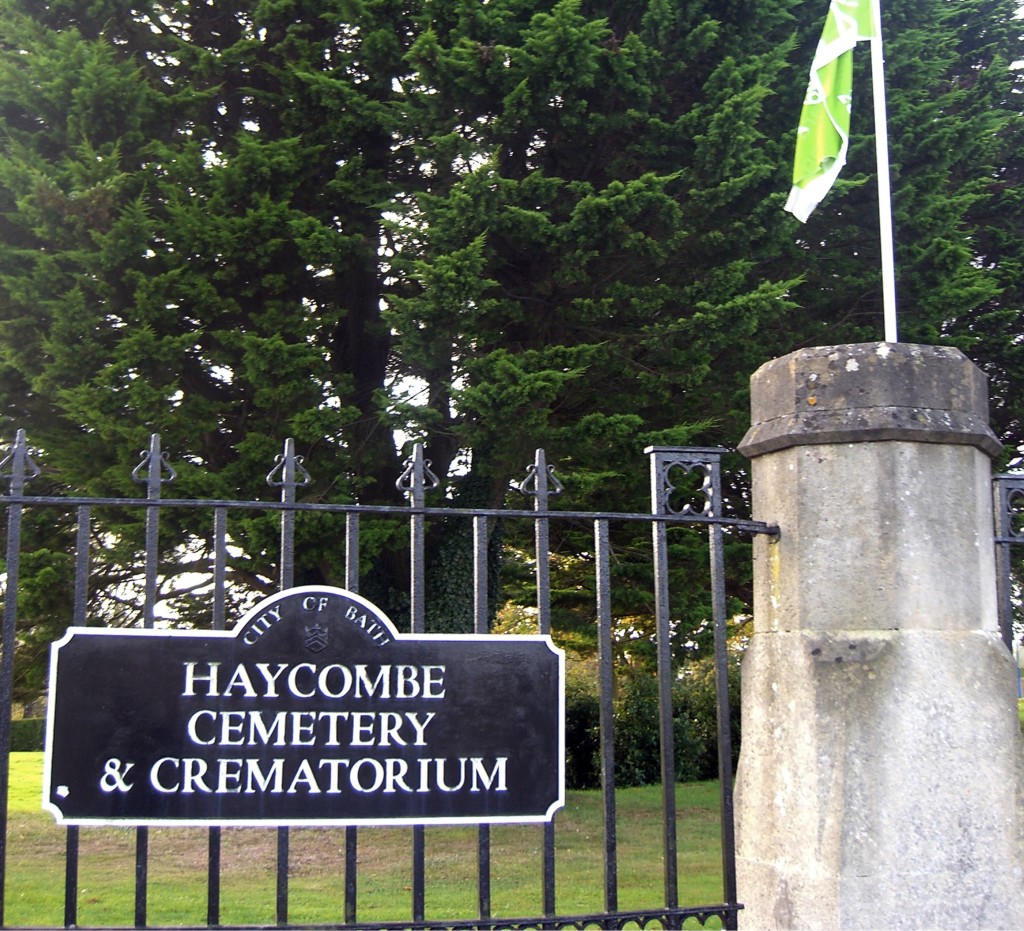One perk of being an academic is that you’re sometimes asked to temporarily join a cool organization as the in house scholar. It’s a win-win situation for everyone involved.
This past August, I was the Scholar in Residence at the Morbid Anatomy Museum in Brooklyn, New York.
An academic Residency can take on many forms and I focused on a few different activities alongside doing my own research.
I curated a group of films for a series I called “Tales from the Celluloid Coffin”. I also presented a group of illustrated lectures on my research.
The films covered everything from 1970’s future dystopias (Soylent Green) to contemporary ideas about memorializing the dead (Black Mirror).
The illustrated lectures presented my research on a number of topics, including dead body disposal technology, necrophilia laws, and the future of death.
The Morbid Anatomy Museum had only been officially open about six weeks when my Residency began and it hit two months by the time I finished. This is important because the MAM is a new institution and is in the early stages of building its intellectual, artistic, and economic infrastructure.
The Museum grew out of the Morbid Anatomy Library, started in 2008 by Museum Creative Director Joanna Ebbenstein. I have known Joanna since July 2009.
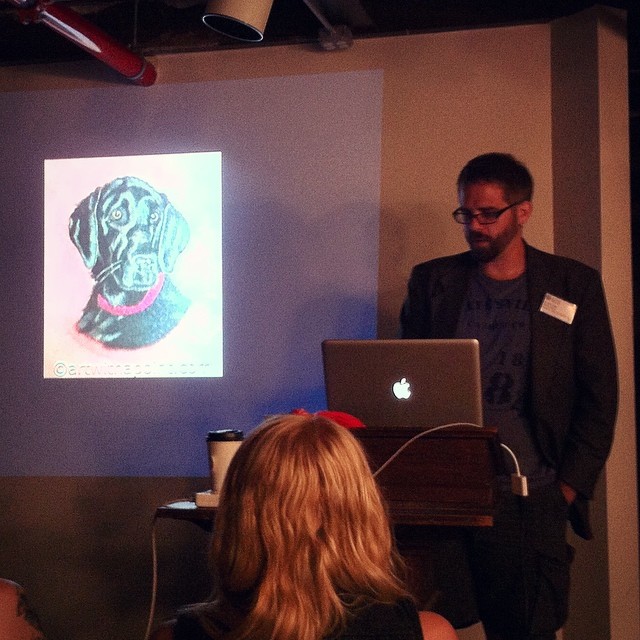
We first met when I gave a talk at the Morbid Anatomy Library space on the history of 19th century dead body preservation entitled ‘Bodies Embalmed by Us NEVER TURN BLACK!’: A Brief History of the Hyperstimulated Human Corpse. I then went on to give a series of other talks for the Library, as well as work with Joanna on events at the Coney Island Museum and in London.
Some general observations on the new Morbid Anatomy Museum and its transition away from the Morbid Anatomy Library
The audiences for the films and lectures at the Museum are different than they were at the Library. I noticed this right away. The audiences were largely people who hadn’t been to many (if any) previous Museum or Library events, and weren’t entirely sure what to expect. This is good, I think. It’s bound to happen when institutions change and the Museum is in the process of building an entirely new kind of audience base. I always found the audiences for my Museum talks responsive and full of good questions. The key issue here is to maintain the Museum’s institutional integrity while building this new audience and to avoid defaulting to ‘wacky’ events in order to keep selling tickets. I don’t think that the MAM will lose sight of its intellectual foundations but, alas, economic concerns sometime begin to weigh on programming decisions. I’ve been part of those kinds of conversations many times in the past.
Another issue that became apparent to me during my Residency was that popular culture and mass media interest in death has peaked. This observation is partly related to the saturation coverage anything and everything about death is currently receiving from mainstream media outlets such as the New York Times, Vice, National Public Radio, The Guardian, Der Spiegel, etc., the list goes on and on. At a certain point, the popular culture and mass media interest will also become farcical, something that seems to already be happening.
One sidenote: reporters should really, really learn to stop using death related puns and then think that they’re clever, but I’ve long since given up on that ever happening.
The other reason that I think mainstream, popular culture interest in death has peaked is related to the research that I was doing during my Residency. I’m currently looking at 1970’s death discourse and end-of-life movements, mostly in America but also the United Kingdom. Until relatively recently, I was unaware how much popular attitudes towards death had changed from 1970-1979. It turns out that the 1970’s were a hotbed of discussion, activism, and death culture debate that significantly affected our contemporary moment. A number of groups that took shape during the 1970’s remain with us today, e.g., the death acceptance movement, the natural death movement (which advocated foregoing medical treatment to die ‘naturally’), and death with dignity groups.
One scholar’s work in particular, Lyn H. Lofland Professor Emeritus of Sociology at the University of California Davis, really sums up (for me) how changes to American death attitudes create new kinds of societal norms. She also adds a cautionary note regarding death’s inevitable chic:
“…it seems likely that eventually humans will construct for themselves a new, or at least altered, death culture and organization — a new “craft of dying” – better able to contain the new experience…I believe, as do other sociological observers…that in the ferment of activity relative to death and dying during the last two decades in the United States we have witnessed and are witnessing just such a reconstruction. Undoubtedly within this ferment, especially that emanating from the mass media, there are elements of fad and fashion – a thanatological “chic” as it were, having approximately the same level of import as organic gardening and home canning among the rich. And certainly one can never underestimate the capacity of American public discourse to transform “life and death matters” into passing enthusiasms. But there is, I believe, more to this activity than simply one more example of impermanent trendiness in modern life. Americans, especially affluent middle-class Americans, have been in the process of creating new or at least altered ways of thinking, believing, feeling, and acting about death and dying because they have been confronting a new “face of death.”
This quote is on p.16 of her book The Craft of Dying: The Modern Face of Death, which was published in 1978. If anyone reading this passage was struck by how uncannily it describes 2014, then you’re not alone. Indeed, reading Lofland’s work has been a revelation and the 1970s have become my new area of research.
Per Lofland’s forty-year-old observations, an institution such as the Morbid Anatomy Museum is made conceptually possible, I think, because of the current middle class interest in death and thanatological chic. What made the Museum physically possible was the time and labor spent building the Morbid Anatomy Library, a project that never set out to be fashionable. The challenge the Museum now faces is when death chic is replaced by another interest for the urban middle classes.
A final thought on an issue that the 1970’s were never able to solve. Affluent, mostly white middle-class Americans need to also expand their current death interests beyond themselves and begin tackling funeral and death poverty for the poor. It’s a lot easier to make elaborate home-based funerals your political cause when you’ve got the time (which translates into money) to do so. The quicker that this economic reality is recognized by today’s Happy Death Movement (a term Lofland coined in the 1970’s) the sooner longer lasting changes will occur.
The upside of these dilemmas is that even when death’s middle class fashionability dissipates, the face of death will continue to stare us all down.
In a word, the work never ends.
Many thanks to the following people who helped make my Residency so wonderful and productive:
Laetitia, Brant, Joanna, AC, Paco, Eric Sollien, Christine Colby and Lady Aye
And special thanks to:
Mac, Catherine, Daphne, Oona, and Simon
